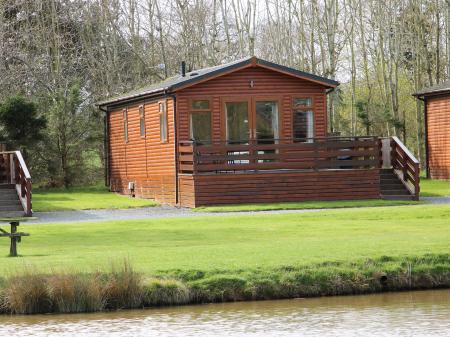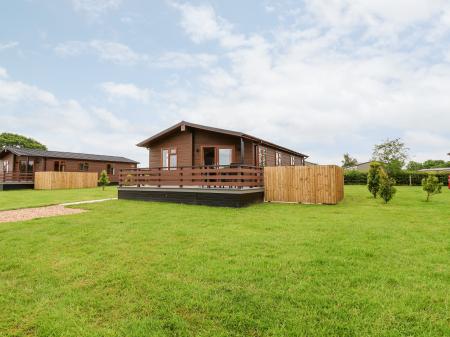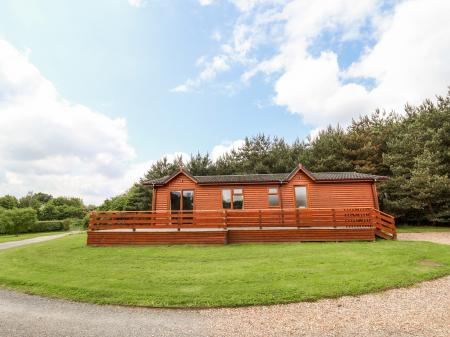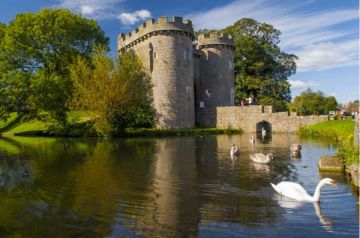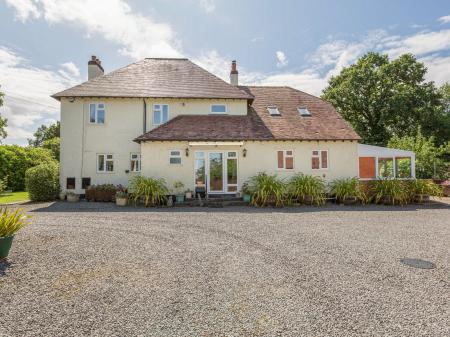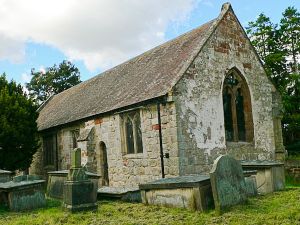
In 1973 that Victorian church was pulled down, leaving the medieval aisle still standing. What remains is a very simple single-cell building, with no tower or porch. The 19th-century arcade was blocked, and now forms the north wall of the remaining building. An 18th-century bell from Preston Gubbals is now installed in St Alkmund's Church in Shrewsbury.
The church is exceptionally simple. The nave and chancel merge to form a single-celled building made of sandstone, under a tile roof. In the south wall is a 12th-century priest's door.
The interior is largely a product of the 1866 restoration, with fittings carved by Rev ED Poole. the vicar at that time. One feature that is not Victorian, however, is a 16th-century font. There is also a 17th-century parish chest. Set on the east wall are a pair of benefactor's boards detailing gifts to the church.
The best feature of St Martin's is a beautifully preserved 14th-century grave slab and effigy above a foliated cross. There is a large rose window at the west end, dating from the Victorian restoration. The foundations of the Victorian west tower still stand to a good height.
Look for the memorial to Flora Kelly (d. 1900), the missionary wife of a former rector, who died in the Boxer Rebellion in China. In the south wall is a stained glass window in memory of Lance Corporal William Williams of the Welsh Guards, who was killed in action in WWI.
In the churchyard is a sundial created during the 17th century, using the base of a medieval churchyard cross. The original medieval cross shaft has been replaced with a 17th-century baluster with a moulded top. At the base is a sundial plate made of copper and inscribed with '1638/WG'.
The church is no longer used for regular worship and is in the care of the Churches Conservation Trust.
 We've 'tagged' this attraction information to help you find related historic attractions and learn more about major time periods mentioned.
We've 'tagged' this attraction information to help you find related historic attractions and learn more about major time periods mentioned.